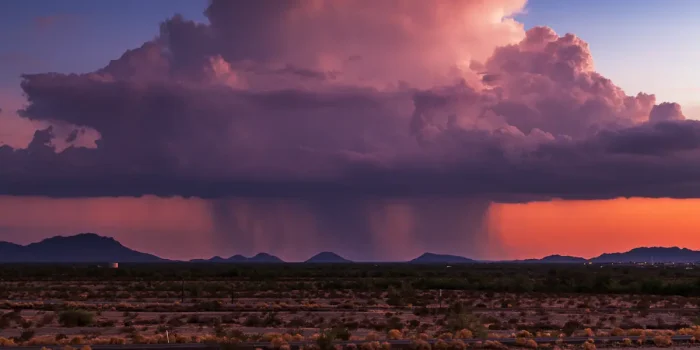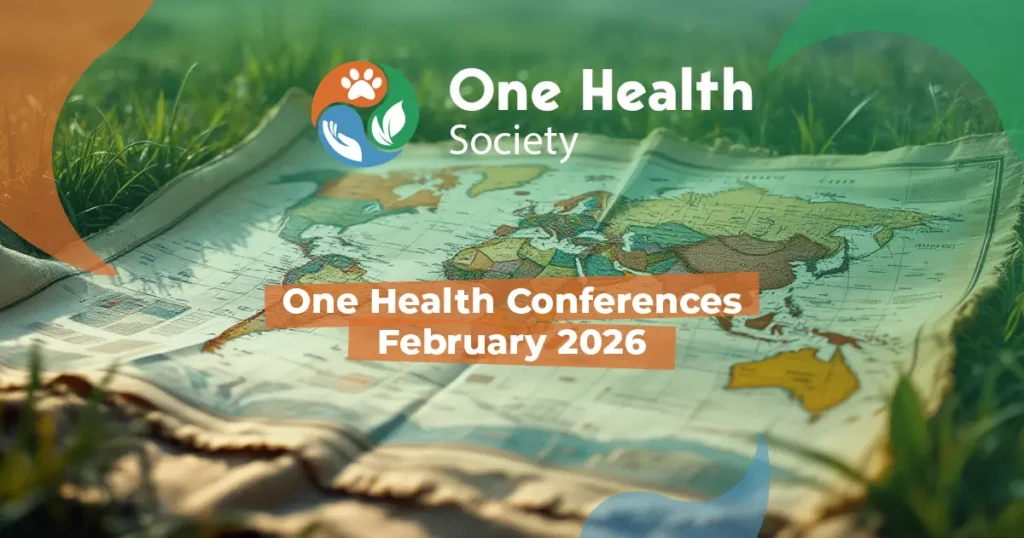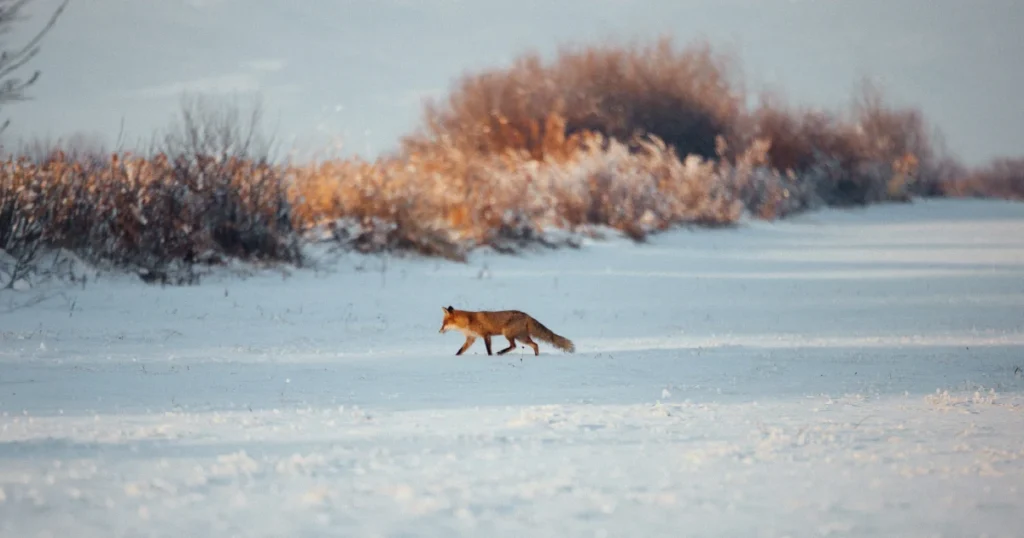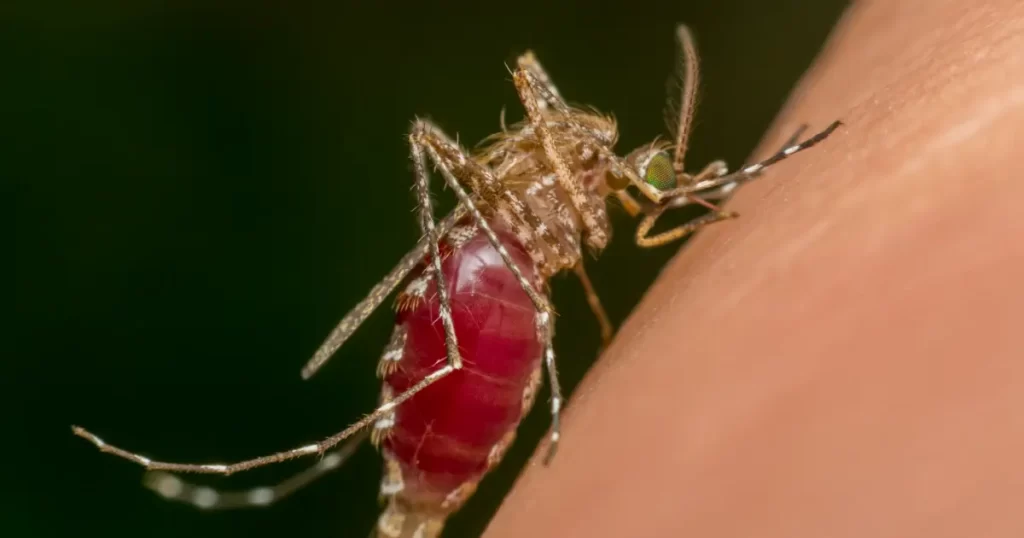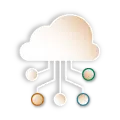Introduction
What is weather? It affects what we wear, how we travel, what we eat—and even how we feel. But behind the daily forecast lies a rich tapestry of physics, chemistry, and Earth system science that orchestrates clouds, rain, and sunshine. In this post, we explore the fundamentals of weather: how it works, what causes it, and why it’s so unpredictable.
What invisible forces shape the skies above—and why does weather change so quickly?
What Is Weather, Really?
Weather describes the short-term atmospheric conditions in a given location—temperature, humidity, precipitation, wind, and pressure. It contrasts with climate, which is the long-term average of these elements across decades [1].
All weather occurs in the troposphere, the lowest layer of the Earth’s atmosphere, where solar energy drives movement in air masses and water vapor. The uneven heating of the Earth’s surface by the Sun initiates wind, cloud formation, and precipitation.
Solar Energy: The Engine Behind Weather
At the heart of all weather patterns is the Sun. Because Earth’s surface isn’t heated evenly—due to its curvature, axial tilt, and rotation—this creates pressure gradients. Air flows from high to low pressure, creating wind [1].
Warm air rises (a process known as convection), carrying water vapor with it. As the air rises and cools, the vapor condenses, forming clouds—and possibly, precipitation.
How Rain and Snow Are Made
Humidity is the amount of water vapor in the air, and it plays a critical role in weather. When moist air cools below its dew point, water vapor condenses into tiny droplets or ice crystals—forming clouds [1].
When droplets grow large enough, they fall as rain, snow, sleet, or hail, depending on temperature conditions throughout the atmosphere.
Meet the Air Masses and Fronts
Air masses are large bodies of air with uniform temperature and humidity. As they move, they interact to form fronts, which are boundaries between different air masses [1]. These fronts are often the sites of intense weather activity:
- Cold fronts bring storms and sharp temperature drops.
- Warm fronts are associated with steady rain or snow.
- Occluded and stationary fronts can produce varying, often prolonged, weather conditions.
Highs, Lows, and What They Mean
Weather systems are driven by large-scale pressure zones:
- Low-pressure systems (cyclones) feature rising air, leading to clouds and precipitation.
- High-pressure systems (anticyclones) involve descending air, associated with calm and clear weather [1].
These systems rotate clockwise or counterclockwise depending on the hemisphere, guided by the Coriolis effect—a consequence of Earth’s rotation.
Jet Streams: The Upper-Atmosphere Rivers
Jet streams are narrow, fast-moving air currents high in the atmosphere. They mark the boundaries between air masses and help guide the movement of weather systems, including storms [1].
Their position shifts seasonally, influencing regional weather patterns around the globe.
Weather Gone Wild: Storms, Tornadoes, and More
Some atmospheric conditions give rise to extreme weather:
- Thunderstorms are triggered by rapid uplift of moist air.
- Tornadoes form within these storms, producing destructive rotating winds.
- Hurricanes (or typhoons) develop over warm ocean waters and can unleash immense damage across coastal regions [1].
Global-scale events like El Niño and La Niña—linked to ocean-atmosphere interactions in the Pacific—can influence weather patterns worldwide, causing droughts, floods, or temperature anomalies.
How We Influence the Weather
Human activity also plays a role in atmospheric dynamics. Air pollution, especially from burning fossil fuels, introduces aerosols and greenhouse gases into the atmosphere. These can influence cloud formation, precipitation patterns, and long-term climate trends [2].
Rising concentrations of greenhouse gases (such as CO₂ and methane) are believed to enhance the greenhouse effect, contributing to global warming and potentially altering future weather patterns [3]. Meanwhile, aerosol emissions can temporarily mask warming but also contribute to localized climate effects [4].
Can We Predict the Weather?
Weather forecasting has advanced rapidly, thanks to satellites, computer models, and atmospheric science. Still, the atmosphere is a chaotic system, which means even small initial errors can amplify into large forecast inaccuracies. This is why accurate forecasting beyond 7–10 days remains a challenge [5].
Conclusion
Weather is far more than just a daily inconvenience or a picnic spoiler—it’s a dynamic, awe-inspiring natural system with deep scientific roots. As we face climate uncertainty in the coming decades, understanding how weather works will be key to our adaptation and resilience.
References
- Allaby, M. (2000) Basics of Environmental Science, 2nd edn. London and New York: Routledge. Chapter 2, Section 17: ‘Weather and Climate’, pp. 64–68.
- NASA (2023) Aerosols: Small Particles with Big Climate Effects. National Aeronautics and Space Administration https://science.nasa.gov/science-research/earth-science/climate-science/aerosols-small-particles-with-big-climate-effects/
- IPCC (2021) Climate Change 2021: The Physical Science Basis. Intergovernmental Panel on Climate Change https://www.ipcc.ch/report/ar6/wg1/chapter/chapter-3/
- Mann, M.E., et al. (2025) ‘Persistent Atmospheric Patterns and Extreme Weather Events’, Proceedings of the National Academy of Sciences https://apnews.com/article/cc4c3d93e178b6f4ab13cb7788998801
- NOAA (2025) How Reliable Are Weather Forecasts?. National Oceanic and Atmospheric Administration https://scijinks.gov/forecast-reliability/

